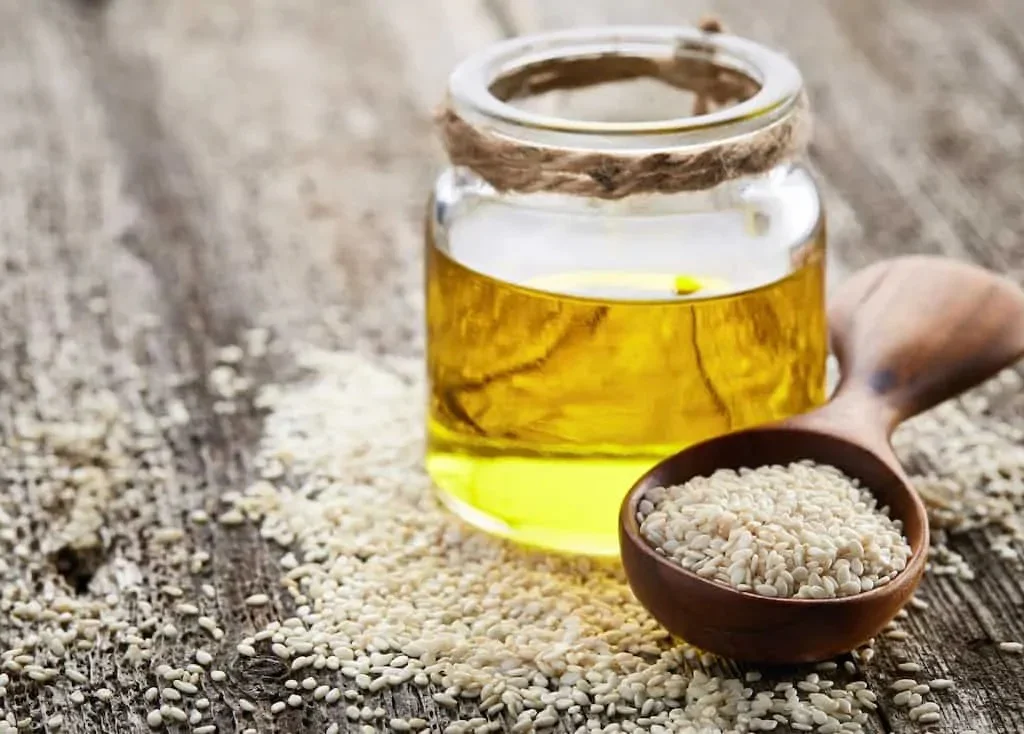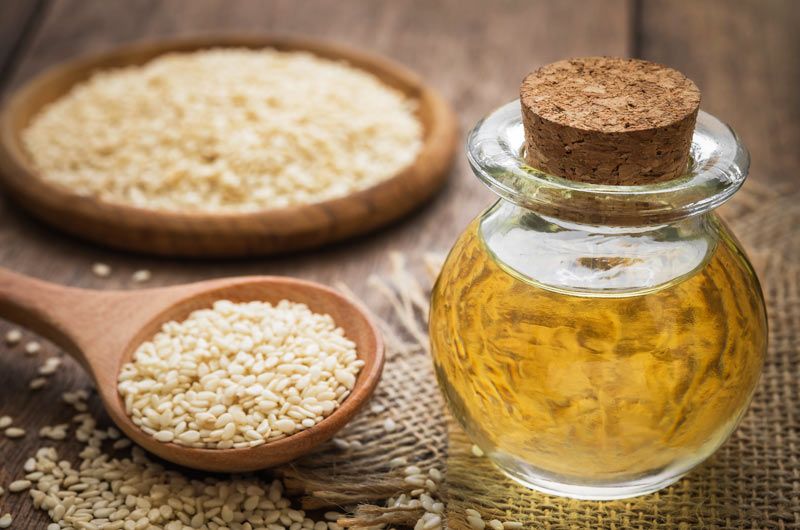Sesame oil, extracted from the nutrient-rich seeds of the sesame plant (Sesamum indicum), holds a significant place in global agriculture, culinary traditions, and traditional medicine. Known for its nutty flavor, high antioxidant content, and stable shelf life, sesame oil is a staple across Asia, Africa, and parts of the Middle East. As global demand for healthy cooking oils continues to rise, so too does interest in the primary producers of sesame oil.
This article provides an in-depth analysis of the global sesame oil production landscape, focusing particularly on the country that leads the world in sesame oil output. It also examines the key factors driving production, market dynamics, export trends, and the socioeconomic impact of sesame oil cultivation and processing.
Global Overview of Sesame Oil Production

Sesame oil is traditionally extracted from sesame seeds via cold pressing or expeller pressing. It is widely used in cooking, cosmetics, pharmaceuticals, and Ayurveda. The top sesame-producing countries include India, China, Myanmar, Sudan, and Ethiopia, which also play significant roles in sesame oil manufacturing. However, not all sesame seed-producing countries process the oil at large industrial scales—some export raw seeds instead.
With the rising global focus on plant-based oils and healthy fats, sesame oil’s market value has expanded substantially. The global sesame oil market was valued at over US$ 8 billion in 2024 and is expected to grow at a compound annual growth rate (CAGR) of 5–6% over the next decade.
The Largest Sesame Oil Producer in the World: India

1. Production Statistics
India is the largest producer of sesame oil in the world. The country’s vast sesame-growing regions and strong domestic demand for edible oils contribute to its dominant position. According to data from the Ministry of Agriculture & Farmers Welfare (India) and FAOSTAT:
- India produces over 750,000 to 800,000 metric tons of sesame seeds annually.
- Of this, a significant portion is processed into sesame oil, with annual sesame oil output exceeding 250,000 metric tons.
- India’s sesame oil production accounts for more than 30–35% of the global sesame oil supply.
2. Major Producing States
Sesame cultivation and oil production in India are largely concentrated in the states of:
- Gujarat
- West Bengal
- Maharashtra
- Tamil Nadu
- Andhra Pradesh
- Rajasthan
These regions offer favorable agro-climatic conditions for sesame farming and have well-established oil milling industries.
3. Traditional and Industrial Production
India employs both traditional cold-pressed (chekku/ghani) and industrial expeller-based methods to produce sesame oil. Cold-pressed sesame oil, particularly in southern India, is popular for its rich aroma and medicinal value. Meanwhile, large-scale oil mills cater to commercial domestic and international markets.
Why India Leads the Sesame Oil Industry

A. Abundant Sesame Cultivation
India is the second-largest producer of sesame seeds globally (after Sudan), but it ranks first in oil production because of its robust domestic processing infrastructure. Most Indian sesame varieties, including white, black, and brown types, are suitable for oil extraction and domestic use.
B. Diverse Domestic Demand
Sesame oil is a vital component in Indian households, especially in:
- South Indian cuisine (used for tempering, pickles, and chutneys)
- Ayurvedic and Siddha medicine (as a base oil for massage and medicinal formulations)
- Religious rituals and lamps
This broad usage ensures that a significant portion of produced sesame oil is consumed locally, fueling consistent production.
C. Export Potential
India exports sesame oil primarily to:
- Japan
- South Korea
- United States
- UAE
- UK
Export earnings from sesame oil and sesame seeds exceed US$ 1 billion annually, making it a significant contributor to India’s agricultural exports.
Other Major Sesame Oil Producers

While India tops the list, several other countries also contribute significantly to global sesame oil production:
1. China
- China is a major consumer and producer of sesame oil.
- Sesame oil is a culinary staple in Chinese cuisine.
- The country produces over 180,000 metric tons of sesame oil annually.
2. Myanmar
- Myanmar is among the largest sesame seed producers globally.
- Although much of its sesame is exported raw, local oil production is growing.
3. Sudan and Ethiopia
- Both African nations are top sesame seed producers.
- However, limited industrial infrastructure restricts large-scale sesame oil processing.
4. South Korea and Japan
- These countries are key consumers of sesame oil, known for their premium-quality, toasted sesame oil.
- Production is relatively small, with a heavy reliance on imports—particularly from India and China.
Economic and Social Impact in India
A. Employment and Livelihood
- Sesame oil production provides employment to millions of small and marginal farmers, particularly in semi-arid and tribal regions.
- The oil milling industry also supports rural entrepreneurship through small-scale cold-pressed oil units.
B. Women Empowerment
- Many sesame oil production units in India are operated by women-led cooperatives, particularly in Tamil Nadu and Gujarat.
- These ventures support income generation and financial inclusion for rural women.
C. Sustainability and Climate Resilience
- Sesame is a drought-resistant crop, suitable for arid regions of India.
- Its cultivation promotes sustainable farming practices and reduces pressure on water-intensive crops like rice and sugarcane.
Challenges Facing Sesame Oil Production

Despite its leadership position, India’s sesame oil industry faces several challenges:
- Price fluctuations due to climate variability and international market dynamics.
- Adulteration and quality concerns in unorganized retail markets.
- Lack of awareness about sesame oil’s health benefits in some regions.
- Inconsistent yields due to outdated farming techniques and lack of hybrid seeds.
Government programs and agricultural reforms are gradually addressing these issues by promoting organic cultivation, providing subsidies for oilseed production, and modernizing cold-press oil mills.
Future Outlook
India is poised to retain its leadership in sesame oil production due to:
- Increasing global demand for natural, cold-pressed oils.
- Growing awareness about sesame oil’s health benefits, such as its rich content of Vitamin E, antioxidants, and unsaturated fats.
- Expansion into niche markets such as organic, fair-trade, and Ayurveda-based products.
Emerging export opportunities and enhanced value addition are expected to further strengthen India’s dominance in the sesame oil market over the next decade.
Conclusion
In the global sesame oil landscape, India stands tall as the undisputed leader in both production and consumption. Its unique combination of rich agricultural diversity, traditional usage, modern infrastructure, and export orientation makes it the world’s largest sesame oil producer. As the global food and wellness industry continues to embrace plant-based and nutrient-rich oils, India’s sesame oil sector holds immense promise for growth, innovation, and sustainable rural development.





